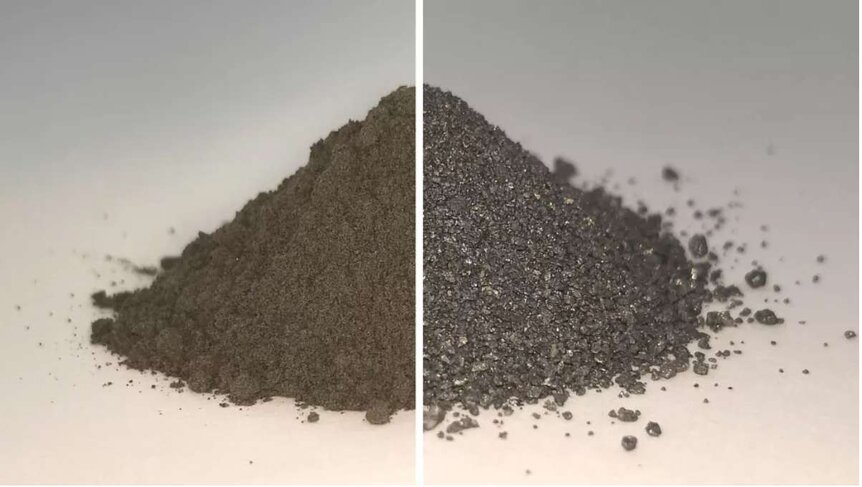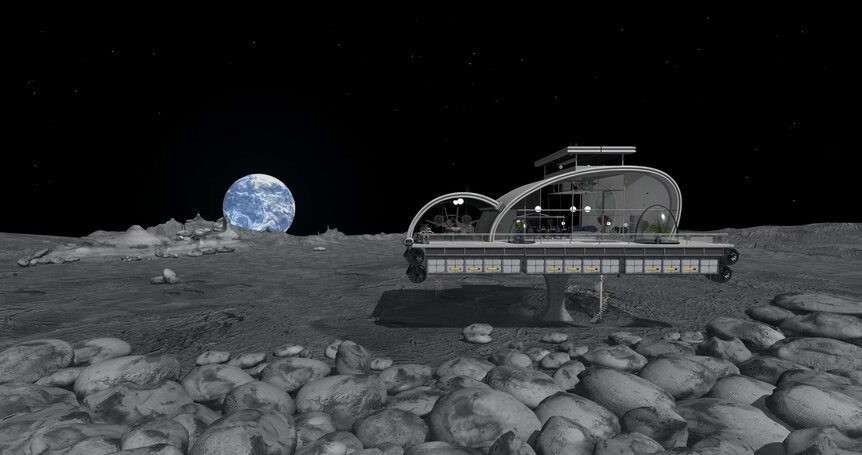Create a free profile to get unlimited access to exclusive videos, sweepstakes, and more!
How will we breathe on the moon? This tech aims to turn lunar regolith into oxygen

Potentially solving one of the major obstacles in creating a permanent moon base, a new European company is developing an oxygen-extraction machine that would help astronauts breathe freely while engaged in lunar activities.
Belgium-based Space Applications Services (SAS) is engineering a trio of experimental reactors in collaboration with the European Space Agency as an element of the ESA's upcoming in situ resource utilization demonstration (ISRU) mission slated for 2025.
This technology is eventually targeted for delivery to the moon, where it could begin processing lunar soil, known as regolith, within the next four years. These reactors will be employed in fine-tuning the oxygen-making method that relies on the FFC Cambridge process, which was first developed in the late 1990s for direct extraction of titanium from titanium oxide.
Named after its Cambridge University inventors Derek Fray, Thomas Farthing, and George Chen, it utilizes electrolysis to separate the pure metal from the raw ore.
On the desolate surface of the moon, this special technique will split lunar regolith, which is comprised of nearly 45 percent oxygen, and separate its metal alloys and pure oxygen. Moon dirt derived in this system is then used as a cathode, the electrode into which an electric current is introduced to an electrolytic cell and thus liberation oxygen during the process.
Locally-sourced oxygen will be absolutely vital for plans involving long-term human endeavors on any heavenly body, not just our own satellite. Those metal alloys remaining after the oxygen extraction can possibly be repurposed to manufacture either moon base components or Martian habitats when harnessed to 3D printing technology.
Not putting all their eggs in the FFC Cambridge method basket, Space Applications Services is also adding to their arsenal of oxygen-making machines by perfecting another technique using hydrogen reduction of ilmenite. Ilmenite is identified as a titanium-rich ore existing in some regions of the moon.
That reduction technique bakes regolith in a sealed container paired with hydrogen gas. By adding the element of heat, oxygen from the ilmenite reacts with the hydrogen and creates water vapor to be split up into oxygen and hydrogen.
Besides being used for human life-support systems, scientists believe that lunar oxygen and hydrogen manufacturing can be tapped into for fuel-making enterprises for future deep-space missions launching into the far reaches of our solar system.
Optimization of this air-from-moondust system will occur at the new European Space Resources Innovation Centre (ESRIC) in Luxembourg, which was opened in November of 2020 as a world-class center for scientific, technical, business, and economic technology for the advancement and refinement of space-based resources.

















